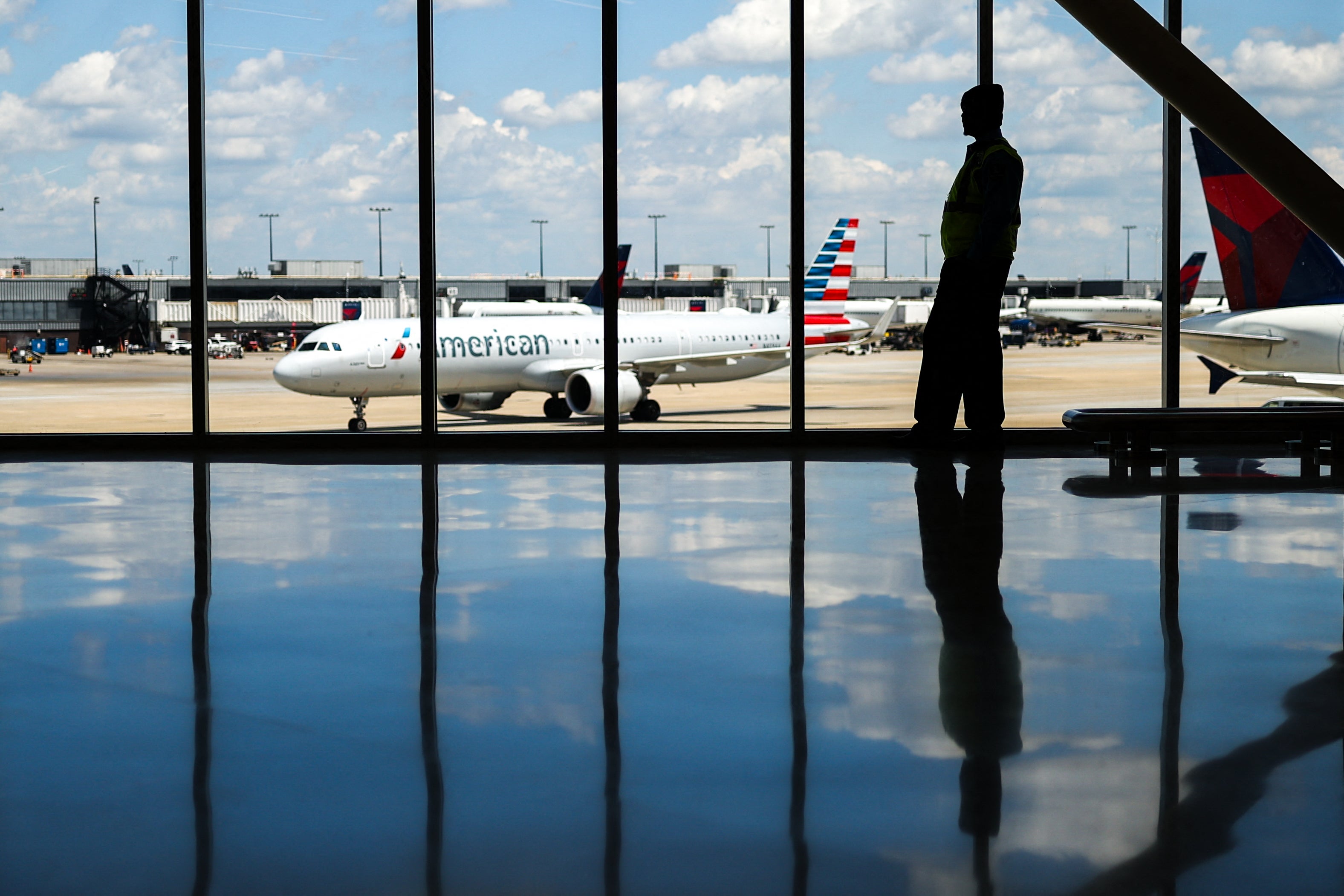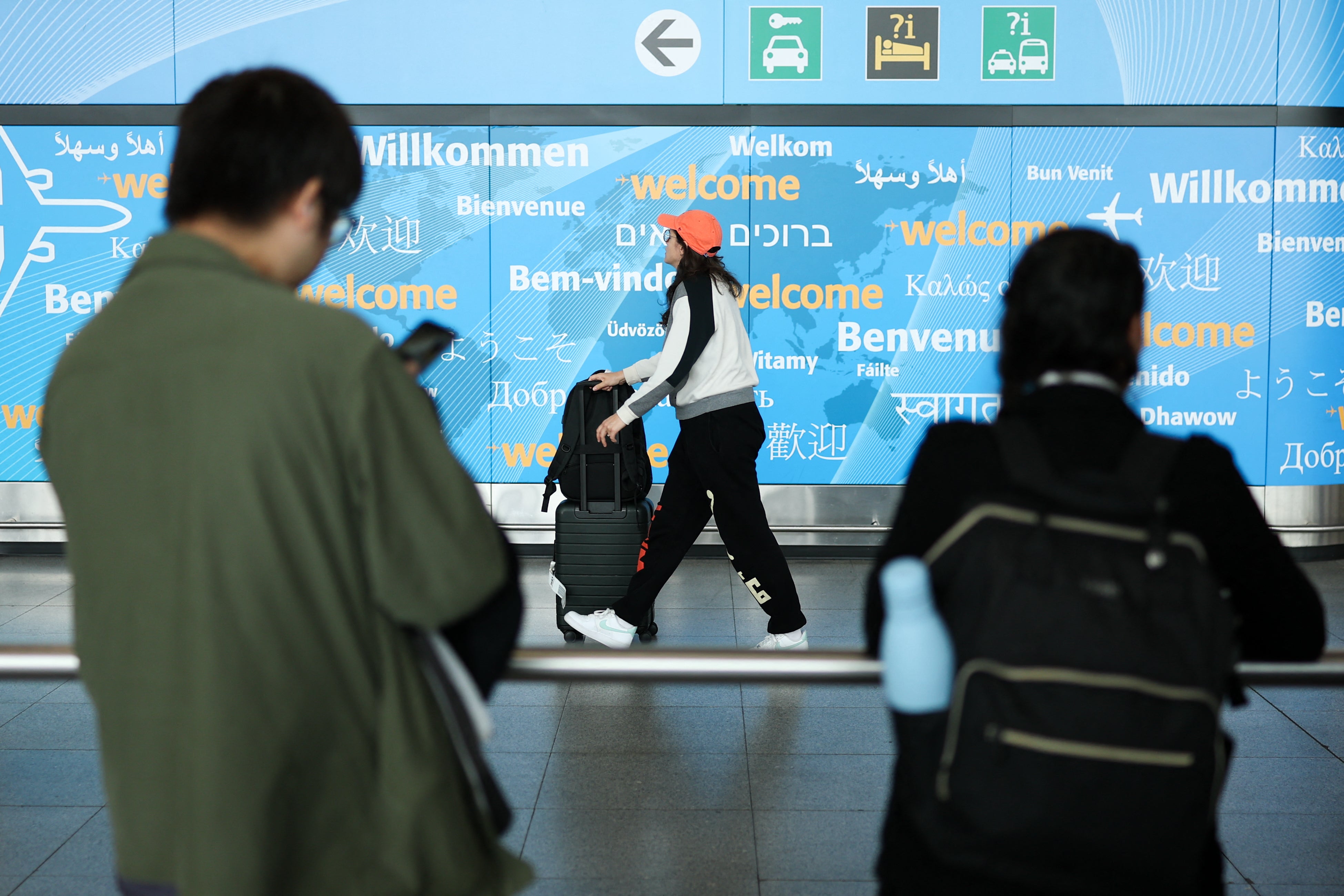Fewer international tourists are traveling to the U.S., and the trend is not expected to change anytime soon amid ongoing geopolitical tensions, according to experts.
In the first seven months of the year, the number of overseas visitors, which excludes travelers from Mexico and Canada, declined by more than 3 million, or 1.6 percent, compared to the same period a year before, according to the National Travel and Tourism Office.
Canadian data also showed a dip in tourists this summer. More Americans drove into Canada in June and July than Canadians driving into the U.S., a first in nearly two decades except for two months during the Covid-19 pandemic, according to Canada’s national statistical agency.
Experts and some local officials say this dip in international tourism has to do with President Donald Trump’s return to office.

They pointed to the Trump administration’s sweeping global tariffs, immigration crackdown and repeated threats about the U.S. acquiring Canada and Greenland as alienating international travelers.
“To see the traffic drop off so significantly, especially because of rhetoric that can be changed, is so disheartening,” said Patrick Kaler, CEO of the tourism organization Visit Buffalo Niagara.
The World Travel & Tourism Council projected ahead of Memorial Day the U.S. would be the only country among the 184 it studied where foreign visitor spending would fall in 2025.
“The world’s biggest travel and tourism economy is heading in the wrong direction,” Julia Simpson, the council’s president and CEO, said. “While other nations are rolling out the welcome mat, the U.S. government is putting up the ‘closed’ sign.”
Travel research firm Tourism Economics predicted this month that the U.S. would see 8.2 percent fewer international arrivals in 2025.
The firm noted airline bookings indicate “the sharp inbound travel slowdown” of May, June and July would likely persist in the months ahead.
Deborah Friedland, managing director at the financial services firm Eisner Advisory Group, said the U.S. travel industry has faced geopolitical tensions as well as political uncertainty and rising travel costs.

Since returning to the White House, Trump has doubled down on some of the hard-line policies that defined his first term, reviving a travel ban targeting mainly African and Middle Eastern countries, tightening rules around visa approvals and ramping up mass immigration raids.
At the same time, the push for tariffs on foreign goods that quickly became a defining feature of his second term gave some citizens elsewhere a sense they were unwanted.
“Perception is reality,” Friedland said.
But there are travelers from some countries, including Argentina, Brazil, Italy and Japan, who have visited the U.S. in greater numbers.


